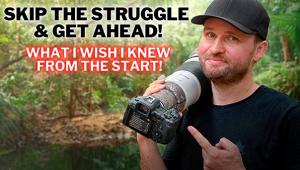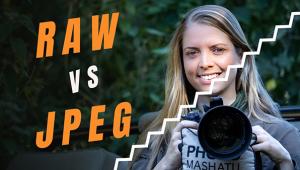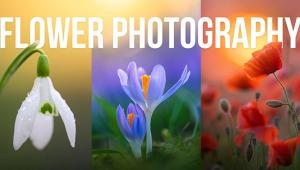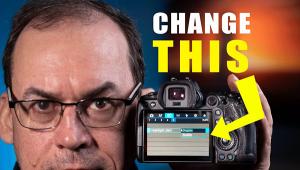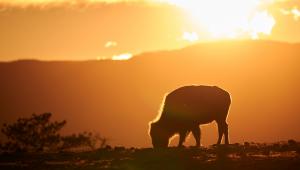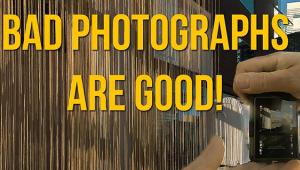Shutter Speed: Max Sharpness or Creativity? (VIDEO)
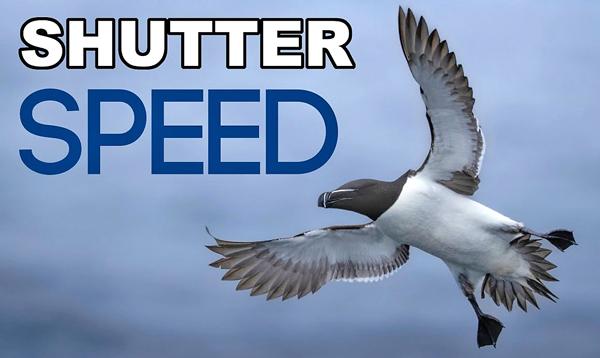
Shutter Speed is an important consideration with an interesting duality. Many photographers opt for high shutter speeds in an attempt to assure maximum sharpness—admittedly a key consideration when setting up a shot. But there are times when a slow shutter speed will deliver images with a heightened sense of artistry.
In this episode from Canadian nature and wildlife photographer Simon d’Entremont you’ll gain insight on choosing the right shutter speed for the task at hand. When shooting moving subjects, like with sports or wildlife scenes, a fast shutter speed lets you stop action and obtain crisp focus.
But other times, like with landscape photography, a slow shutter speed enables you to capture a sense of motion, with soft flowing water and cotton-like clouds. In other words, there’s no “best” shutter speed for optimum results in all situations, and that’s what this tutorial is all about.

In this quick tutorial Simon explains his approach for manipulating shutter speed in various situations to create “innovative” photos. His goal is to encourage you to experiment with different settings and explore all the creative opportunities that arise with a quick turn of the shutter speed dial.
Some experienced shooters insist “sharpness is overrated,” insisting that other components of an image should sometimes take precedence—especially when you’re trying to set a mood. Simon insists that by watching this episode you’ll learn how shutter speed works, how it affects exposure, and how to use it creatively depending upon the task at hand.
You’ll learn how to give images intentional blur, as well as how to freeze fast action. Near the end of the lesson Simon also demonstrates how to use shutter speed to capture mind-blowing nighttime photos of the Milky Way. It’s a thought-proving video with techniques you’ll want to try.

You can find more great tips on nature and wildlife photography on d’Entremont’s YouTube channel, so be sure to take a look.
We also suggest you check out the earlier tutorial we posted, explaining how to use depth of field creatively for photos with maximum impact.
- Log in or register to post comments

